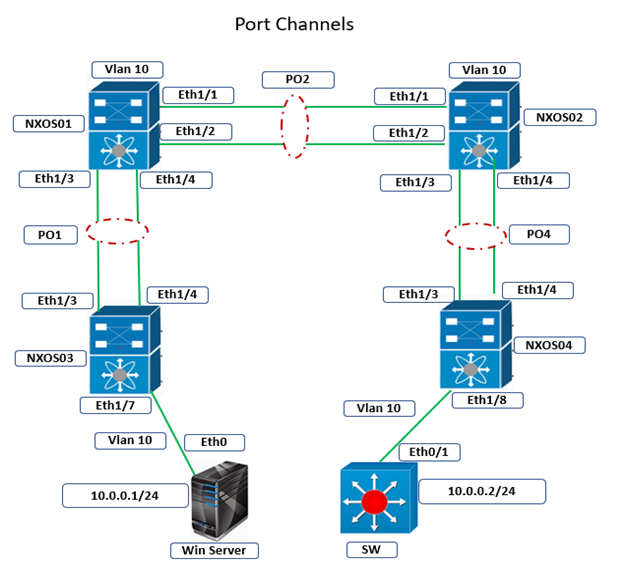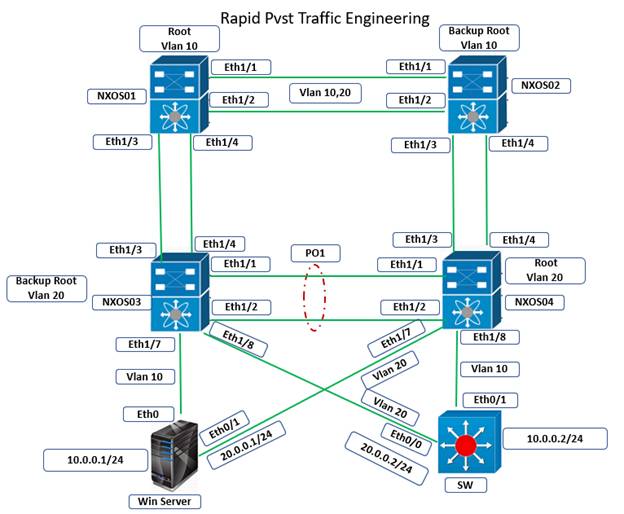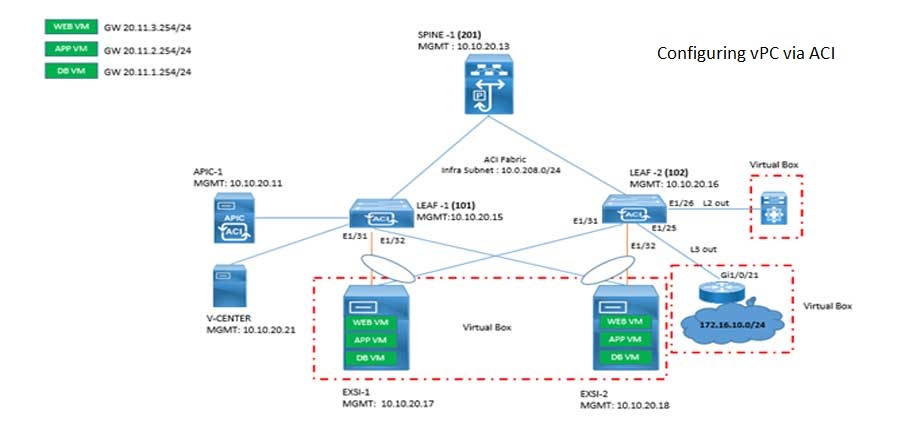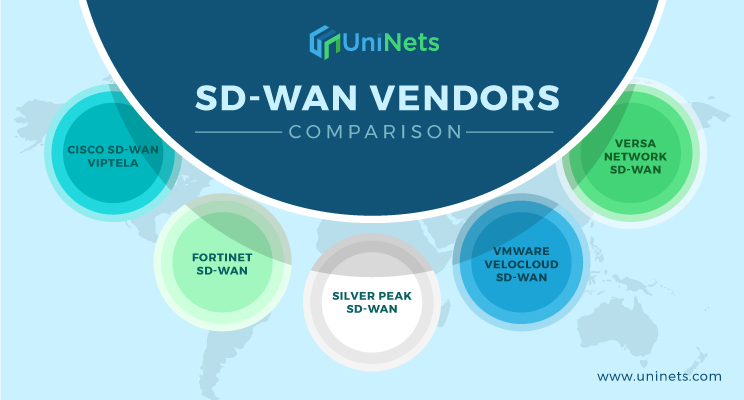
Subnetting is one of the most important topics for networking aspirants preparing for Cisco and other certifications. In this post we will discuss all about subnetting and why subnetting it is used for?
Table of contents
What is subnetting?
Why subnetting is used for?
Subnetting will help you to pass which Cisco certification?
What is subnetting?
Subnetting is a process of dividing a small to larger network into smaller subnetworks, called subnets. Subnetting helps to reduce large networks into smaller networks, that can be more manageable groups of addresses. It helps to improve the efficiency of the network by reducing the amount of broadcast traffic.
When a device including a computer or router is connected to a network, it is assigned an IP address that is a unique numerical label that identifies the device on the network. These IP addresses are divided into two parts: the network portion and the host portion.
IP addresses are 32-bit numbers in IP version 4 (IPv4) and are commonly expressed as four octets (i.e., groups of 8 bits) separated by periods (e.g., 192.168.1.1). The IP address is split into the network portion and the host portion using a subnet mask. A 32-bit value, the subnet mask is also expressed often as four octets (e.g., 255.255.255.0).
The subnet mask is used to identify which part of an IP address belongs to the network and which part belongs to the host when subnetting a network. The first three octets (192.168.1), for instance, would represent the network portion of the IP address when using a subnet mask of 255.255.255.0, while the final octet (1) would represent the host portion.
Subnetting is a method of dividing a network into smaller sets of addresses, which can be used to represent separate subnets. Each subnet mask assigned to the subnets will differentiate devices within that subnet from other parts of the network, but allow for communication between them. This helps make use of IP addresses more efficiently and effectively while also increasing the security and robustness of the overall networking system.
Rephrase The most commonly used method for subnetting a network is by utilizing the IP address and the subnet mask together. This strategy identifies which addresses are part of each specific subnet.
Why subnetting is used for?
Subnetting is a method used to divide a large network into smaller networks, called subnets. There are several reasons why subnetting is used:
Network organization: Subnetting divides a big network into smaller subnets, allowing for a more effective use of IP address space. This can strengthen a network’s security and make it simpler to maintain and organize.
Improved network performance: By lowering broadcast traffic and network congestion, subnetting can also help networks run better. There is less traffic on each subnet when a large network is divided into smaller ones, which might result in speedier communication and reduced network congestion.
Security: By dividing a bigger network into smaller, more secure networks, subnetting can also be used to increase security. For instance, a business might utilize subnetting to set up a separate network for confidential information that is only available to a small number of staff members.
Multi-Vendor Integration: In many cases companies, businesses have different vendors for different sections of the network, by subnetting it allows them to manage and maintain different sections of the network separately.
Remote access: Subnetting enables an organization to allocate particular IP ranges to distant users and control and monitor their network access since remote users are frequently employed by enterprises or required to have remote access to the network.
In general, subnetting is an effective technology that may be used to enhance a network’s organization, functionality, security, and scalability.
Subnetting will help you to pass which Cisco certification?
Subnetting is an important topic that is covered in several Cisco certification exams, including the Cisco Certified Network Associate (CCNA) and Cisco Certified Network Professional (CCNP) certifications.
The CCNA certification focuses on the basics of subnetting and how to configure Cisco routers and switches.
The CCNP certification covers advanced subnetting and routing concepts, as well as more advanced configurations for Cisco routers and switches.
In order to pass the CCNA, CCNP or other Cisco certifications that include subnetting, it is important to have a good understanding of the subnetting process and be able to perform subnetting calculations. It’s also important to have good understanding of IP addressing schemes and IPV4/IPV6 addressing and routing. Practicing subnetting questions, doing lab exercises and taking practice tests will be very helpful to pass the exams.
Overall, a solid understanding of subnetting and the ability to perform subnetting calculations is essential for passing several Cisco certification exams, particularly those focused on routing and switching.
Comments (0)
Categories
Popular posts


Cisco Nexus Port Channel: Configuring ...
4 Apr 2024
Configure Rapid PVST on Cisco Nexus
5 Apr 2024
Palo Alto Exam Cost: PCNSA, PCNSE & More
28 Mar 2024
Cisco ACI VPC Configuration Task Steps
6 Jan 2024Recent posts

AWS Certification Path: Amazon Cloud
18 Apr 2024
SD-WAN Vendors Comparison: Choosing the ...
16 Apr 2024
CCNP Certification Cost and Exam Fees
12 Apr 2024
Configure Rapid PVST on Cisco Nexus
5 Apr 2024



